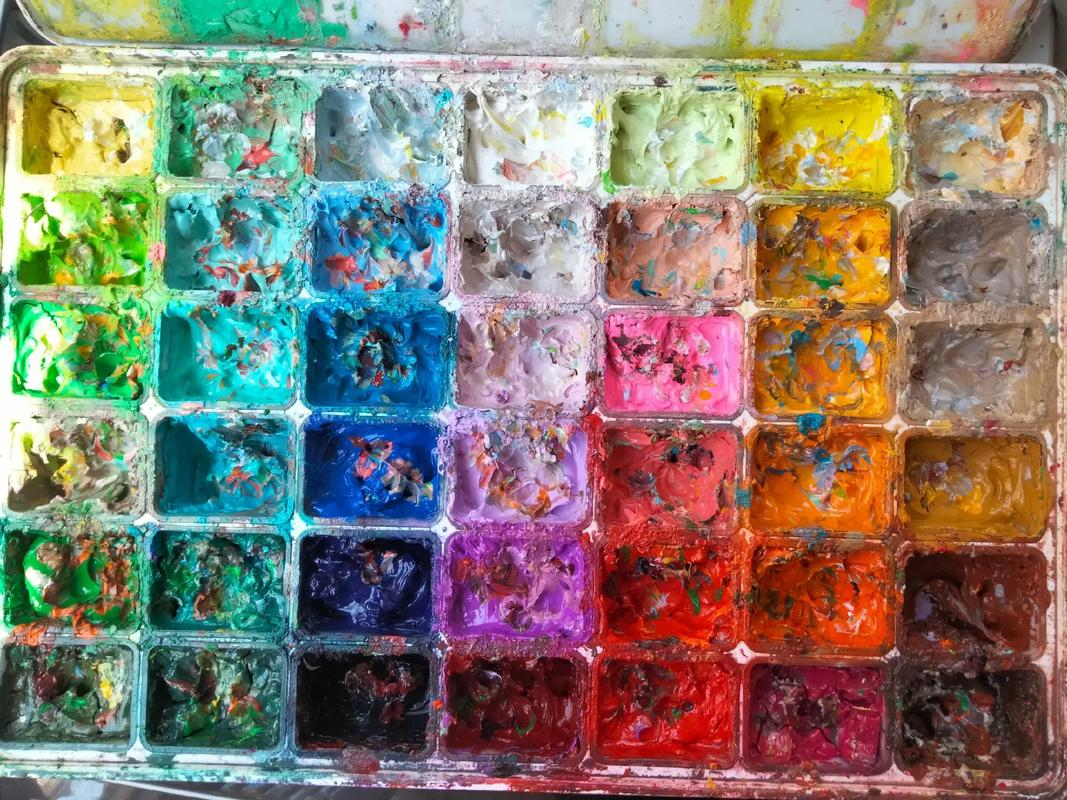Specific application analysis of titanium dioxide in plastic industry and color masterbatch industry
May 29, 2024, 11:58 AM
TDD-global
6289
Specific application analysis of titanium dioxide in plastic industry and color masterbatch industry
The plastics industry is the second largest user of titanium dioxide, and it is also the fastest growing application field in recent years. It is understood that there are currently more than 50 types of titanium dioxide that are dedicated to the plastics industry. High hiding power, high achromatic power, and at the same time can improve the heat resistance, weather resistance, light resistance and other properties of plastic products.

Since plastic products are much thicker than paints and inks, it does not require a high volume concentration of pigments, plus it has high hiding power and strong tinting power, and the general dosage is only 3% to 5%. It is used in almost all thermosetting and thermoplastic plastics, such as polyolefins (mainly low-density polyethylene), polystyrene, ABS, polyvinyl chloride, etc. It can be mixed with resin dry powder or with additive. The liquid phase of the plasticizer is mixed, and some are used after processing the titanium dioxide into a masterbatch.

Specific application analysis of titanium dioxide in plastic industry and color masterbatch industry
Most of the titanium dioxide for plastics has a relatively fine particle size. Usually, the particle size of titanium dioxide for coatings is 0.2~0.4μm, while the particle size of titanium dioxide for plastics is 0.15~0.3μm, so that a blue background can be obtained. Most resins with a yellow phase or resins that are easy to yellow have a masking effect.
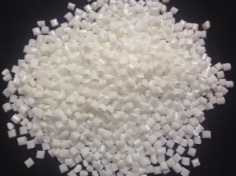
Titanium dioxide for ordinary plastics generally does not undergo surface treatment, because titanium dioxide coated with inorganic materials such as conventional hydrated alumina, when the relative humidity is 60%, the adsorption equilibrium water is about 1%, when the plastic is squeezed at high temperature. During processing, the evaporation of water will cause pores to appear on the smooth plastic surface. This kind of titanium dioxide without inorganic coating generally has to undergo organic surface treatment (polyol, silane or siloxane), because titanium dioxide is used for plastics. Different from titanium dioxide for coatings, the former is processed and mixed in low-polarity resin by shearing force, and the titanium dioxide after organic surface treatment can be well dispersed under appropriate mechanical shearing force.
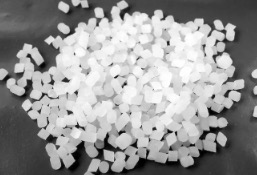
With the continuous expansion of the application range of plastic products, many external plastic products, such as plastic doors and windows, building materials and other outdoor plastic products, also have high requirements for weather resistance. In addition to the use of rutile titanium dioxide, surface treatment is also required. This surface treatment generally does not add zinc, only silicon, aluminum, zirconium, etc. are added. Silicon has a hydrophilic and dehumidifying effect, which can prevent the formation of pores due to the evaporation of water when the plastic is extruded at high temperature, but the amount of these surface treatment agents is generally not too much.
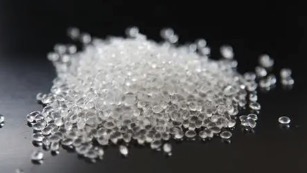
The composition of plastics includes resins, fillers, plasticizers and other additives (such as colorants, antioxidants, flame retardants, etc.). out molding processes and plastic injection molding processes, such as:
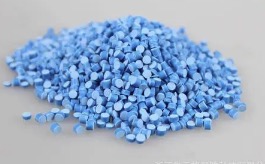
Extrusion blow molding process of plastic film:
Resins, fillers, additives for master batch ingredients (master batch plus resin) blown plastic film
The main equipment used in this process is a double-roll mill, a film blowing machine, and the like.
The plastic injection molding process includes three stages: plasticization, injection, and molding cooling. Commonly used equipment includes plunger injection machines and screw injection machines.
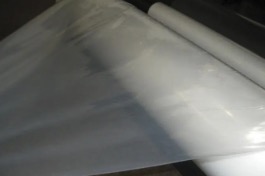
The quality requirements of plastic products for titanium dioxide are:
Covering power: Titanium dioxide with good covering power produces lighter and thinner plastic products;
Whiteness: Determines the appearance of light-colored or white plastic products;
Dispersibility: It affects the production cost of plastic products. Poorly dispersed titanium dioxide in plastic products will affect the smoothness and brightness of the product;
Weather resistance: Plastic products used outdoors and plastic doors and windows must ensure the weather resistance of titanium dioxide.

August 21, 2024, 2:42 PM
August 21, 2024, 2:28 PM
August 21, 2024, 2:52 PM
August 21, 2024, 2:20 PM



